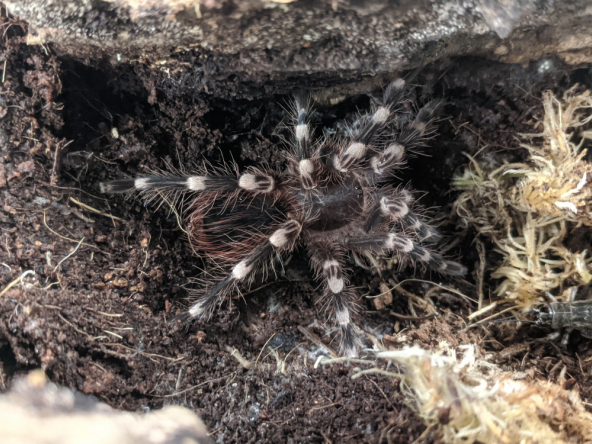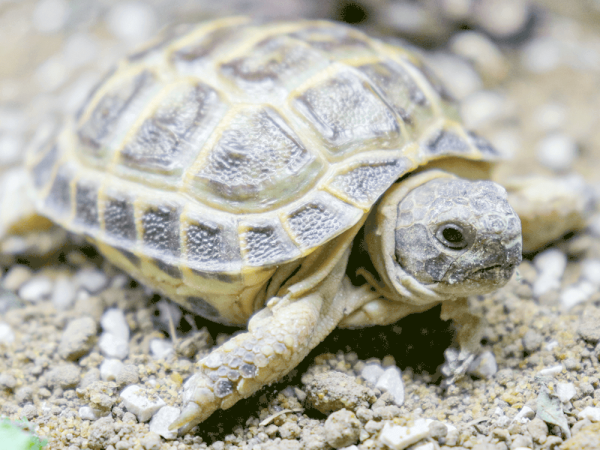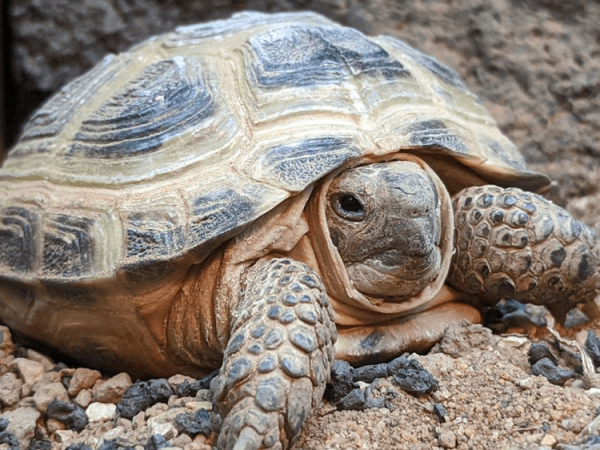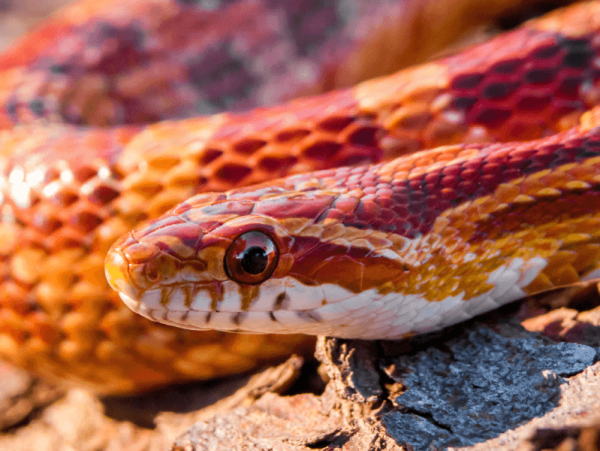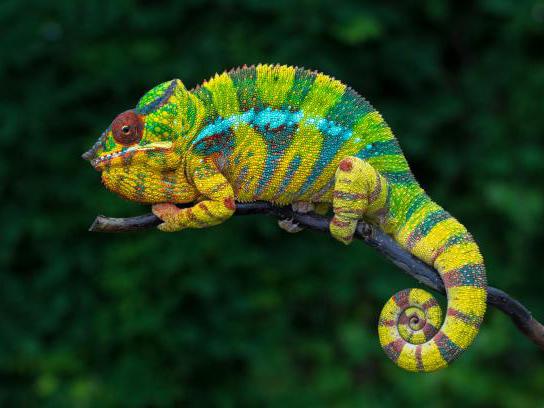MBD - metabolic bone disease
You’ve heard about MBD. It’s bad. But what does it actually do to a reptile’s body, and how can you ensure you will never have to deal with it?
MBD, Metabolic Bone Disease, is a disorder caused by the abnormalities of minerals, including calcium, phosphorus, magnesium, and Vitamin D, which causes the bone structure to weaken as the calcium is released back into the bloodstream, to prevent the blood calcium becoming too low (known as hypocalcaemia, which causes lethargy). The body always wants to avoid hypocalcaemia, so it will take whatever reserves it can, even to the detriment of the bones. Simply by providing the right husbandry, this is something you should never have to encounter.
Metabolic Bone Disease is a debilitating disease, and once the damage has been done to the body, it cannot be reversed, you can only stop it from getting worse. Reptiles with MBD will often have slack lower jaws, wonky spines or tails, potentially legs at incorrect angles, as well as a host of other internal injuries that are not as visible. Internally, the bones are going through a long and painful process as the calcium is released. As explained above, the calcium within the bones will start to leach out, which in turn affects the bones ability to absorb it back in, creating a vicious cycle.
The most obvious prevention for MBD is to ensure that your reptile is getting the right levels of those vital minerals, ensuring that they do not experience the deficiencies. We need to supplement our reptile as they are mainly eating a diet that is lacking, as live food has an exoskeleton, and doesn’t provide enough calcium. In the wild, they would have a much more varied diet, and would be able to get a much nutritious diet than those fed solely on crickets and locust. Larger reptiles would often prey on other reptiles and small mammals too, which contain a skeleton and therefore provide calcium directly. The exposure to real sun all day, not a replicated lower quality version, also ensures that they are absorbing at a much more efficient rate.
So, what supplements do you need to use? It can vary depending on the reptile that you’re keeping, but a good guide to follow is Arcadias' 8-day cycle.
This recommends using the Arcadia EarthPro-A, a calcium-based supplement that is completely non-toxic and suitable for use with every feed, on all food (live and vegetation). It also adds in the use of Arcadia EarthPro-CalciumProMG at every fourth feed (hence the use of an 8-day cycle), which combines one part of magnesium into the supplement. It then recommends the use of a full-spectrum powder with added D3 and Vitamin A to be offered on day six, which provides the extra they require, without overloading their systems, as these can be overdosed within the body and cause just as much harm. Your full spectrum supplement could be something like the Komodo Advanced Nutri-Cal multivitamin, which combines a calcium base with added Vitamin A, Vitamin B, Vitamin C, Vitamin D3, and also Vitamin E.
A combination of the right supplements will help to keep MBD at bay – but that is not the only factor. As mentioned in our previous post regarding Calcium, D3 and UV, the lighting is essential in ensuring that any supplements are absorbed, and therefore used, correctly within in the body. Even with perfect vitamin and mineral supplementation, without the right UV light, at the right level, within its’ correct age range (UV is depleted in bulbs over a period of 6 – 18months, depending on brand and type) then MBD will still become a very serious issue. It is vital that UV is replaced regularly as required by the manufacturer, and also installed correctly – just because your reptile is from a rainforest environment, does not mean they automatically require a mid-level 5 – 7% UVB. In a large enclosure, or where the UV is set above a mesh top for example, a higher 10-12% UVB may be more suitable. Also, it is well worth looking at the actual results on the tube from the standard testing to ensure you have the right bulb. For example, in T8 bulbs, Arcadia have their “basic” range of bulbs, their Euro Range, available in a 2% Sunlight, 5% Forest, and 10% Desert. They then released their higher, much more expensive range, with a 6% mid-range, and 12% high end bulb, which prove to be a lot more popular – why wouldn’t you offer 6% instead of 5%? However, in testing it has shown that in a standard vivarium, height of around 16”, that the base Euro Range massively out-performs the higher end model and is the much better choice.
If you are unsure of which bulb you need, then do feel free to call us on 0161 351 4700 to find out more information. We will discuss your species, your set up (height and width), and where they are able to get to closest to the UV bulb. For example, if your reptile sits within 6” of the bulb, we may recommend something completely different to if they sit 14-16” away all the time.
With all this in mind, it’s worth remembering that the overall husbandry of your reptile is vitally important, not just the supplements and UV lighting that you provide. If your temperatures are not correct, reaching the right heat level for example, then often reptiles don’t tend to feed properly, as they are unable to digest their food if they’re too cold, so they will leave it. If they’re not eating, they’re not going to be able to get the correct supplements that are provided firstly, but also their overall immune system will be weaker, as they’re not getting the right nutrients.
MBD is something that should often be at the back of keepers minds, but hopefully not something that you will have to deal with, as long as you keep up to date with the latest UV bulbs, supplement well, and ensure you are always checking your husbandry - just because your temperatures are correct in January, does not mean they will be correct in July!
To learn more about reptile care, check out our Leopard Gecko care guide.





